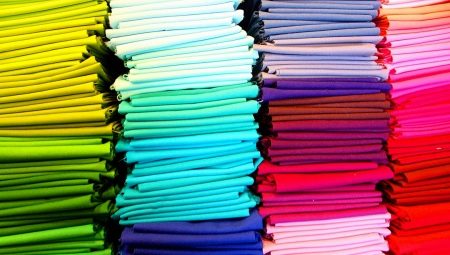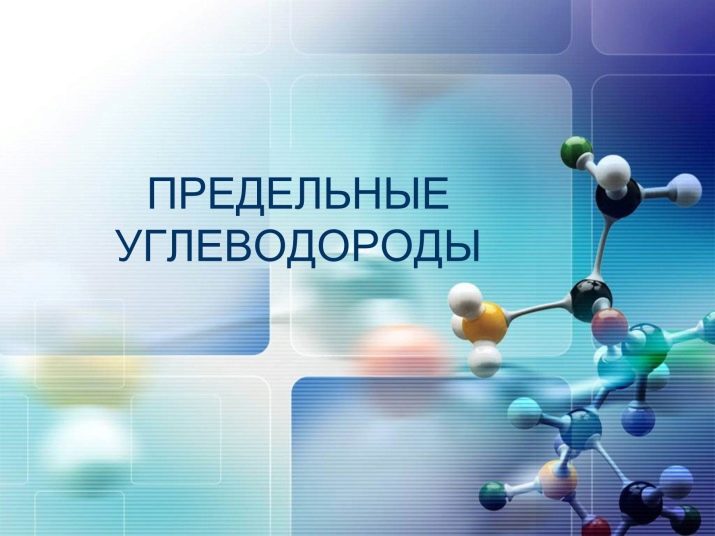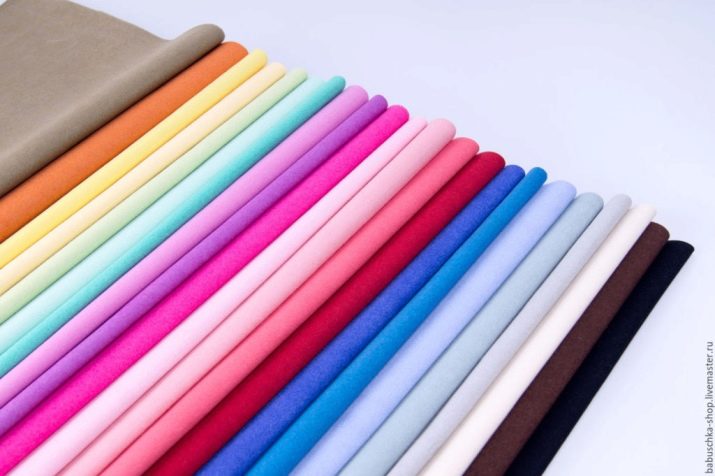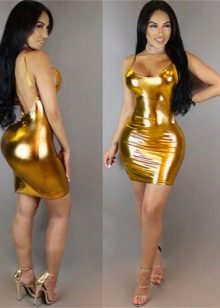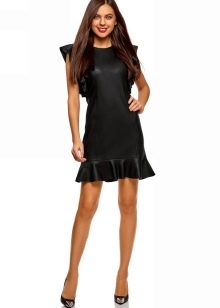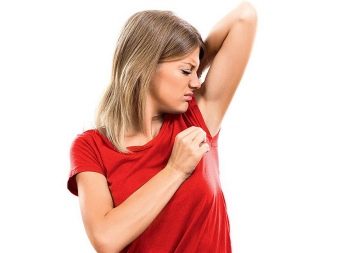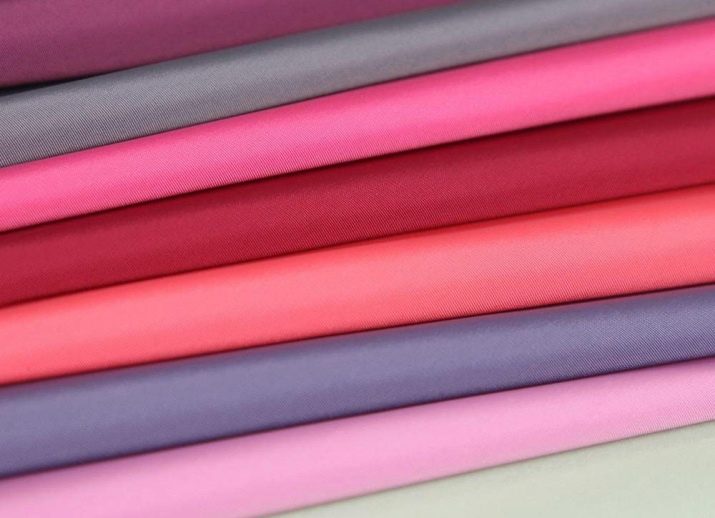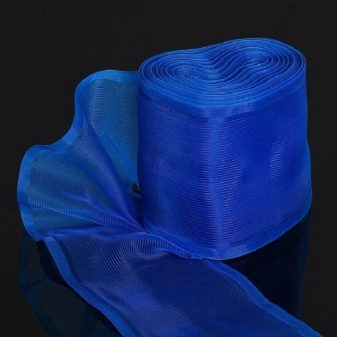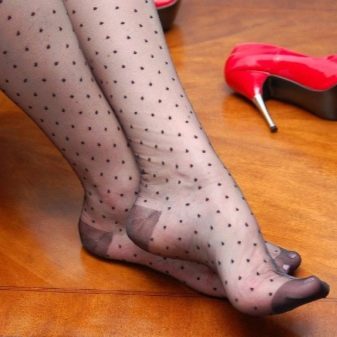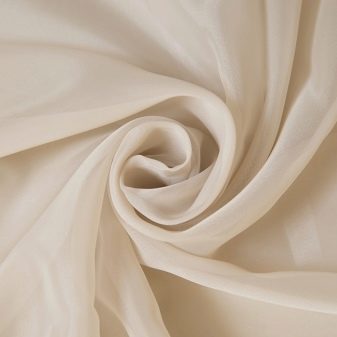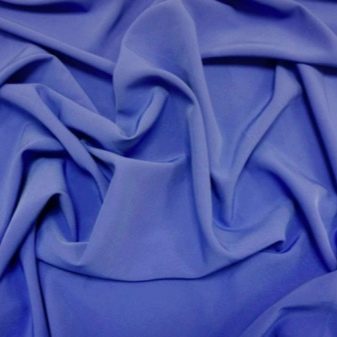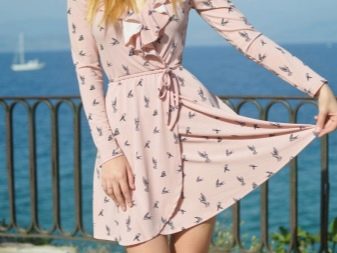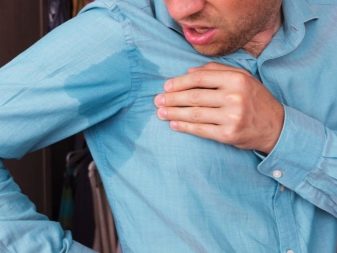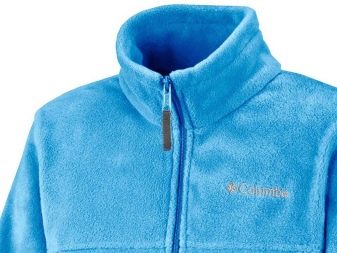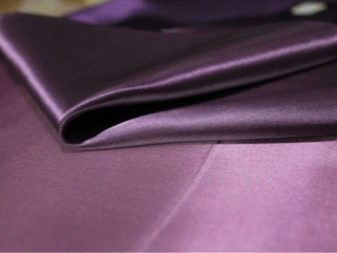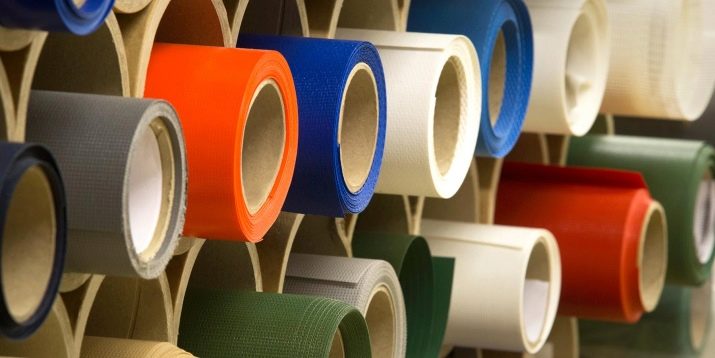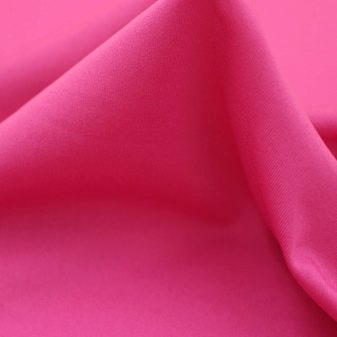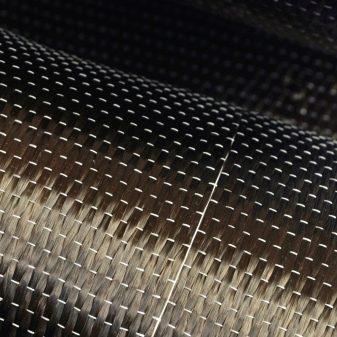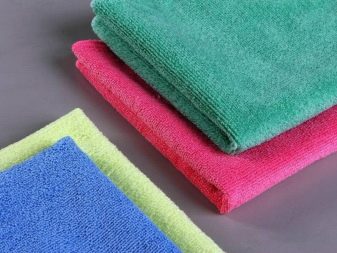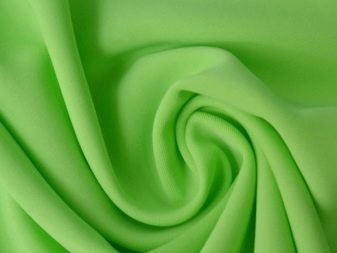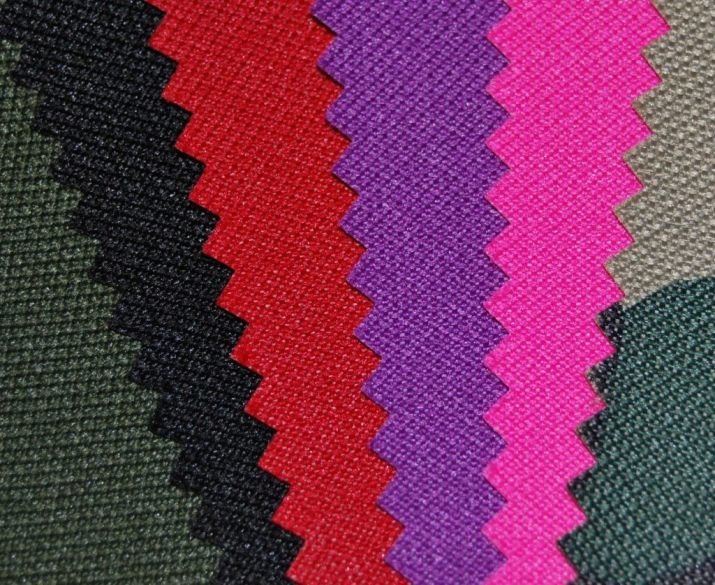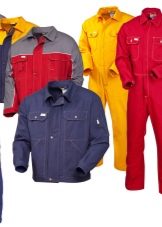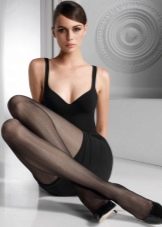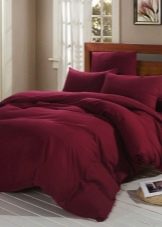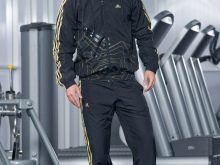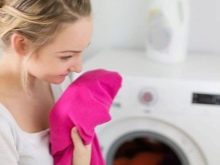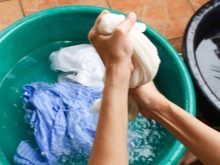When choosing clothes or accessories for everyday life, it is often difficult to determine what fabric a particular piece of clothing is made of. Most modern materials belong to the category of synthetics, which, despite the significant difference with natural fabrics in texture, is in great demand and is used in various fields. In order not to be mistaken in the choice of material, it is necessary to have a greater awareness of how synthetic fabrics are classified, what are the characteristics of each type, how to properly care for a matter in order to prolong its service life. All listed nuances will be presented in detail in this article.
Composition
Synthetic fabric has special characteristics that are not typical for other matters. The main difference is the minimum amount or the complete absence of fabric fibers of natural origin in the composition. Most varieties are created by artificial processing of raw materials and the production of fibers from various chemical components.
The structure of many fabrics belonging to the number of heterochain synthetics includes such elements as fluorine, nitrogen, hydrocarbon or chlorine. In addition to these basic, the fabric may include other elements that affect its characteristics. This composition is most characteristic of polyester, polyamide and polyurethane fibers.
To obtain carbon-chain materials, a chemical element such as a hydrocarbon is taken as the basis. Like the heterochain varieties, such fabrics are highly resilient. They include polyethylene, polyvinyl alcohol, polyacrylonitrile, polyvinyl chloride and polypropylene fabrics. It should be noted that if synthetic fabric is made on the basis of polyvinyl alcohol, then its elasticity decreases, but nevertheless it is much higher than the elasticity of natural materials.
Since synthetic fibers are popular for various types of clothing, including those that are used under different weather conditions, there are GOST standards, according to which the composition of the material must pass a series of tests before production. Such fabrics should be resistant to moisture, low temperatures, bright light. Mandatory characteristic of such materials is strength. Also dyes that are part of almost all synthetic fabrics, must be resistant to external factors.
Advantages and disadvantages
Polymer fabrics are favorites for many users, but with respect to some signs, opinions about such material are divided into opposite ones. Before buying this or that artificial matter, it is recommended to familiarize yourself with the main advantages and disadvantages of synthetics. Among the positive aspects are the following.
- Clothing made of synthetics is significantly inferior in price to things from natural fabrics such as wool and silk. At the same time, artificially created analogues are often not inferior to tissues of natural origin in terms of efficiency during operation.
- Another advantage of synthetics is that it is presented in a huge variety. Among the synthetic things you can find clothes of different textures and thicknesses.
- Things based on polymer fibers may have different prints that can not always be seen on fabrics of natural origin.
- Material of this type has a long service life. If on natural fibers fungus, mold and even decay can form over time, then such dangers do not threaten polymeric materials.
- Linen, silk and wool fabrics can quickly fade or lose brightness. But synthetics are able to retain the original characteristics, since the technology of its coloring occurs in a special way. The polymer material is first subjected to bleaching, and only then - to the processing of the dye. This also contributes to its durability.
- Synthetic materials have a significantly lower weight compared to natural analogues. Even bulky synthetic items are usually lighter than wool sweaters.
- Unlike linen and cotton materials, synthetic fibers do not deform so much. Many polymeric fabrics practically do not crumple, therefore they do not require hanging on hangers. Some synthetic things can not even iron after washing.
- It is also worth noting that textiles made from synthetic materials dry faster after washing than fabrics made from natural raw materials.
But despite all its advantages, fibers made of synthetic material also have a number of negative characteristics.
- Such tissues do not provide normal heat exchange of the body. This is due to the fact that the material absorbs moisture poorly. Therefore, clothing made of such fabrics is not suitable for hot weather.
- If the hygroscopicity of fabrics is low, then unpleasant smells are very easily absorbed into some synthetic fibers and remain there until the item is washed. Therefore, the need for washing clothes may become more frequent.
- Such material is not safe for allergies. Some of them may cause irritation on the skin after contact with polymer fabrics.
- Among synthetic fabrics there are toxic materials that can adversely affect health. Therefore, young children are not recommended to wear clothes made of artificial material.
- Natural materials have a more noble appearance. People who care about their image often prefer clothes made of wool and silk to synthetics, because the latter, in their opinion, looks less aesthetic. However, this minus of synthetics depends only on individual style preferences.
Types of fibers and their properties
There are many types of polymeric fabric materials, each of which has its own individual characteristics.
Polyamide
This type of fabric was obtained in 1938. Subsequently, such famous materials as nylon, taslan, perlon, jordan, nylon, and also velsoft were produced from it. The main advantages of these fabrics is their increased strength, absolute resistance to deformation. Clothing and coatings of similar material are not subject to abrasion and tearing. Also, these fibers are able to repel water, which allows them to be used as a waterproof material.
Among the disadvantages of this dense fabric is the main lack of hygroscopicity, which in certain conditions creates discomfort when using the material. The texture of such synthetic fabrics can be quite tough, while they have a low level of resistance to ultraviolet radiation. Also in the fibers of matter can accumulate static electricity.
This group includes one of the most popular fabrics among women’s consumer audience - nylon and nylon. The main advantage of these materials is their combination of lightness and durability. Also, these fabrics rather quickly dry.However, these materials have many drawbacks: they do not retain heat well, under the influence of sunlight, the color of such products may become yellowish, and polyamide synthetics do not absorb moisture.
A separate kind of polyamide matter is velsoft - a fuzzy dense material, comparable to mahr. It is not deformed, is capable of passing air, is also not subject to shedding and is very pleasant to the touch.
Polyester
Tergal, Terylene, Dacron, Dacron, as well as some other synthetic materials belong to the category of polyester, the production of which was laid in 1941. Among the well-known fabrics of this variety are raincoat, microfiber, and polyester. Cloths usually have a high level of strength, while being quite light and soft to the touch. Also, this non-woven material is often added to the composition of natural fabrics, making them more durable, but less expensive.
Among the disadvantages of polyester fibers is their ability to accumulate static electricity, and they also react badly to exposure to high temperatures. In some cases, the material creates a kind of greenhouse effect, due to which it becomes uncomfortable to exploit, especially if it is used as clothing.
One of the most popular polyester fabrics is fleece. It retains heat well, while it is light and does not let air through. This fabric is quite elastic, quick-drying and does not need ironing. The advantage of the material is its hypoallergenic, but over time, the fabric can stretch.
In combination with cotton fibers use polyester synthetic fabric - polisatin. It has a dense texture, which is smooth and slightly shiny. It dries short, does not deform in the process of washing and does not fade. Such fabrics are usually not prone to rapid wear.
Polyvinyl chloride
Polyvinyl chloride fabrics, also called vignon, teviron, chlorine, are famous for their high level of resistance to the effects of various chemicals. Often, these materials are used in the process of creating protective clothing. However, high temperatures adversely affect such matters, causing destruction (at +100 degrees Celsius) or deformation (shrinkage). The texture of these materials is quite dense.
Polyurethane
Polyurethane fibers are called elastane, spandex, dorlastan, lycra and neolan. This is a well-stretching matter, which has a smooth texture. Despite the high level of elasticity, such fabrics do not lose their original shape after stretching. Their weak side is the instability to high temperatures: the fiber loses its original elasticity. Polyurethane threads are added to other materials, making them more elastic, while resistant to the effects of light rays and passing through the air.
Polyvinyl alcohol
Among such matters can be found such as vinol, vinilon, mtilan, curalon and vinol. Their main advantages are a high level of strength, resistance to wear, exposure to light, as well as temperature. Compared with other groups of synthetic fabrics, these have a high level of hygroscopicity, which is close to that of materials made from cotton. They are very resistant to the effects of various chemicals, but can be deformed under the influence of moisture.
Peiolefinic
This group includes such varieties of synthetics as polyethylene and polypropylene fabrics, which are the lightest of all artificial materials. They also do not let water through, do not sink in water, and are capable of withstanding rather low temperatures. Also, these fibers retain heat well. But they are not elastic.On the market among such materials can be found fabrics texilon, spectrum, ultrastren, meraclone, herculo, found, daynema.
Polyamide
To create certain fabrics often used several types of synthetic materials. The most topical example is microfiber, which is based on nylon as well as polyester materials. The main characteristics of this material is its sufficiently high hygroscopicity in combination with the ability to dry quickly after wet processing. It is also not subject to shedding and rolling, therefore it is resistant to temperature and chemical influences. This material is used for both woven and non-woven fabrics.
Having a special porous texture, microfiber maintains optimal body temperature without creating a “greenhouse effect”. At the same time, this fabric perfectly protects against wind.
Scope of use
Synthetic fibers are used to make a huge range of various products, starting with clothes and ending with home textiles and even furniture. The sphere in which a particular matter is applied depends on which particular group of synthetic fabrics it belongs to.
- Polyvinyl chloride materials are actively used to create artificial leather, carpets, and faux fur.
- Due to their high thermal insulation and hygroscopicity, polyolefin fabrics are often used in overalls, in the manufacture of tourist equipment, upholstery, underwear, and legs.
- Among polyvinyl alcohol synthetic materials, the most popular in use is vinol, from which underwear, tights and stockings are made.
- Mtylan is the main raw material for creating surgical sutures.
- Microfiber - the main material for household textiles, outerwear, accessories for cleaning, sportswear, upholstery.
- Polyurethane synthetic fabrics are popular mainly for the production of sportswear.
- Polyamide synthetics can often be found in the composition of tights, stockings, leggings. Velsoft is an excellent fabric for the production of rugs, warm bathrobes, pajamas, towels, as well as clothes for the little ones.
- Also for the production of children's clothing and toys using such material as fleece.
- Polisatin is most in demand for creating home textiles, such as curtains, bedding. They also make scarves, ties and home wardrobe items.
Subtleties of choice
To choose the right synthetic material for domestic purposes and interior, as well as to choose clothes from similar fabrics, you need to take into account a number of signs that affect the choice of such products.
- Individual features of the body. Many people have allergies specifically to artificial materials, and people with sensitive skin may also experience discomfort. If you have similar problems, it is better not to stop the choice on entirely synthetic fabrics, but to prefer natural products, which include only partially synthetic fibers. Try to stop the choice on such fabrics that allow air and water, for example, microfiber. When choosing clothes it is recommended to give preference to things that include no more than 30% of synthetic fibers.
- Consider the main purpose of acquiring an accessory or item. Density and wear resistance and the ability to withstand climatic influences are the main criteria for choosing sports and tourist equipment.
- Humidity and climate of the room or area where the thing will be used. Most materials are quite resistant to moisture, but not all of them respond normally to temperature jumps.
- An important criterion is the smell. If the fabric smells unpleasantly, then toxic synthetic elements are present in its composition, which will exude a characteristic aroma after each wash or thermal treatment.
Care Tips
So that the life of the synthetic fabric is longer and it has not lost its original appearance, it is necessary to carry out simple correct care:
- it is desirable to wash fine fabrics by hand at a temperature not exceeding 30 degrees or in the mode of delicate machine wash;
- most matters do not need to be ironed, because they do not tolerate high temperatures;
- when drying, elastic products should not be stretched, as they may lose their shape.
How to produce synthetic thread, see the video below.
